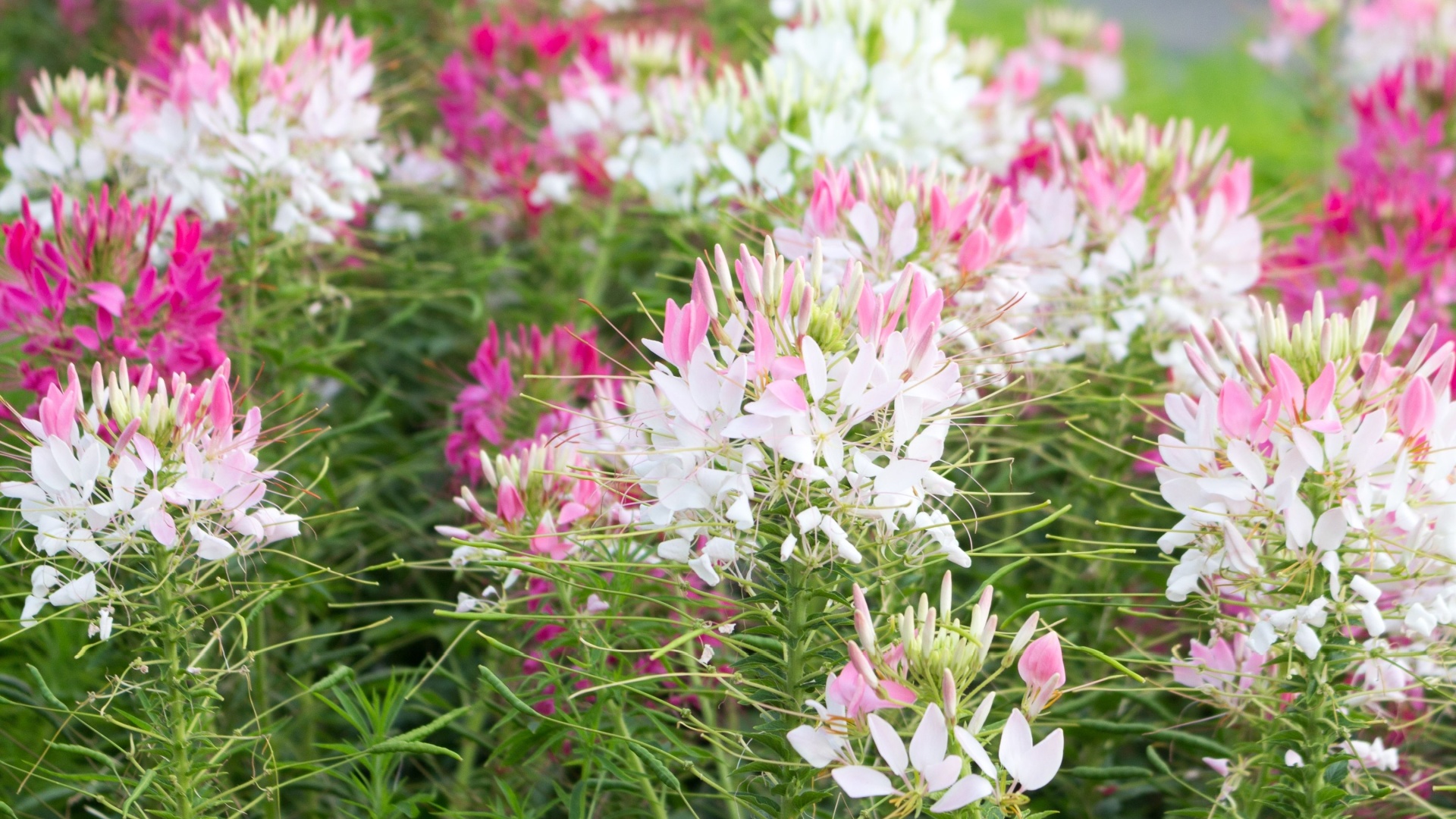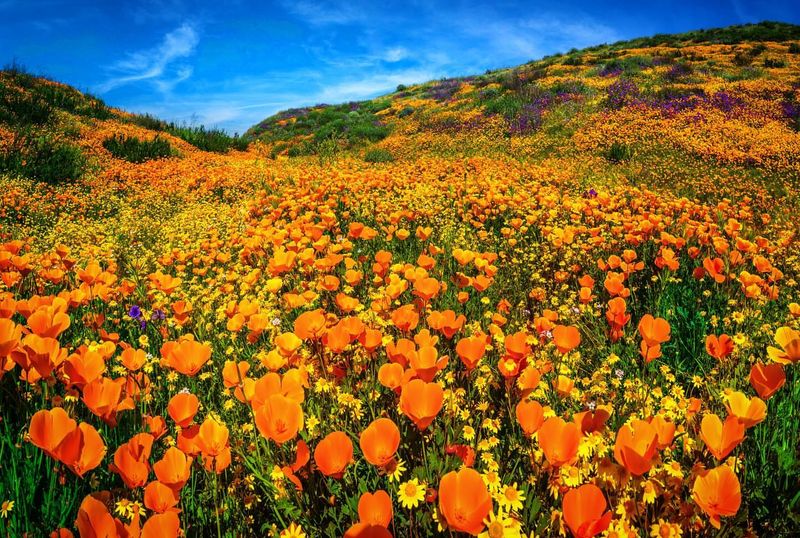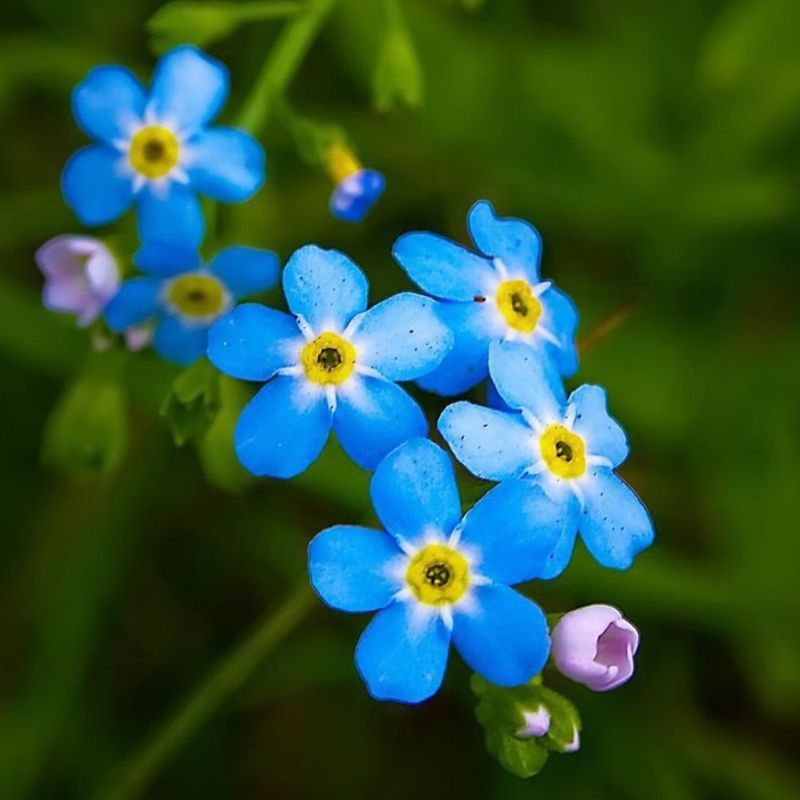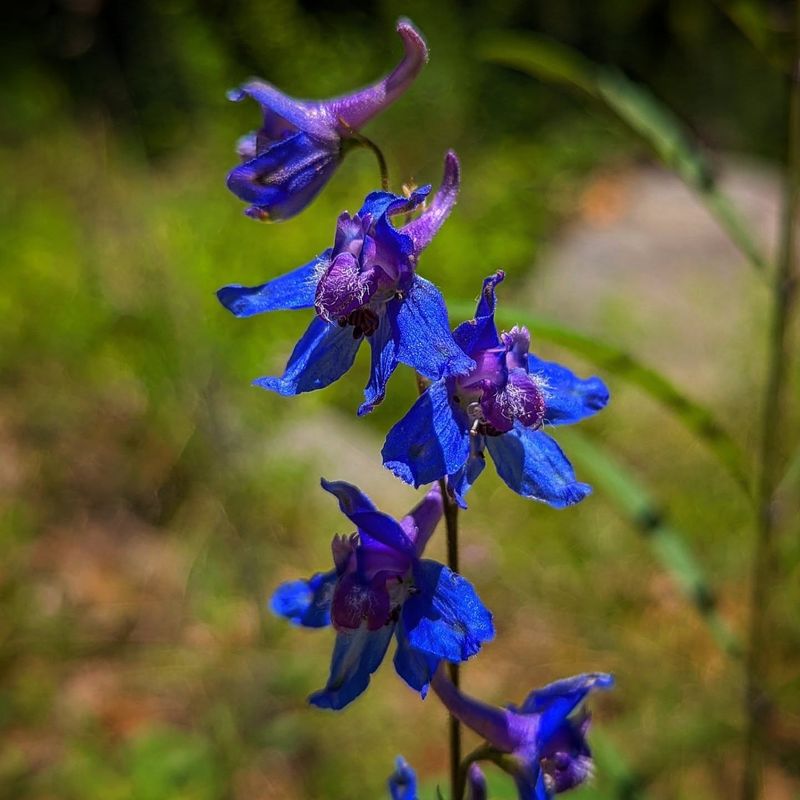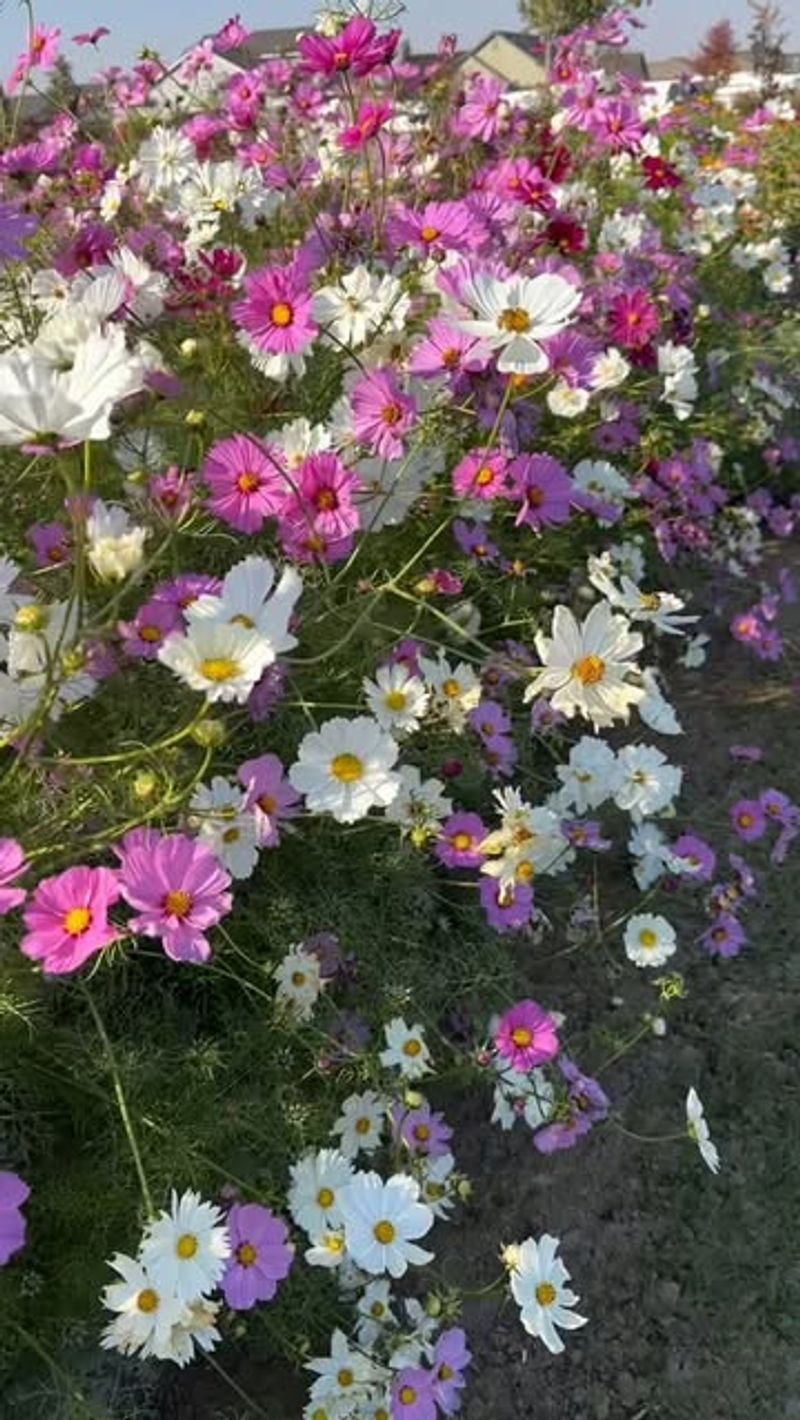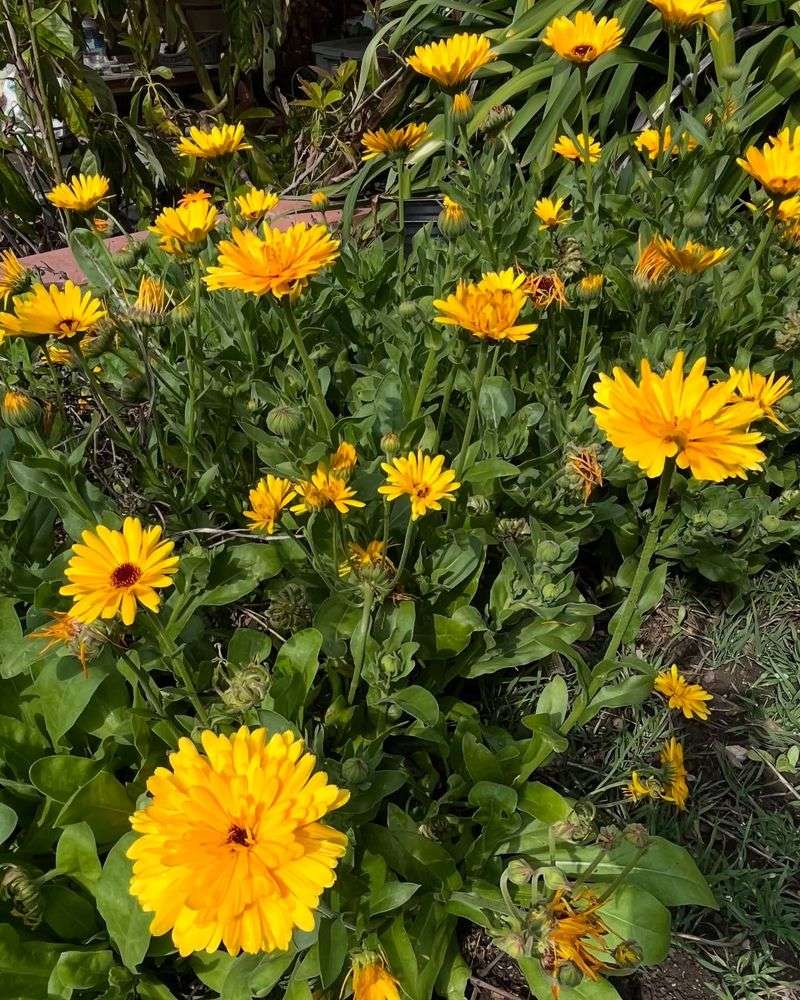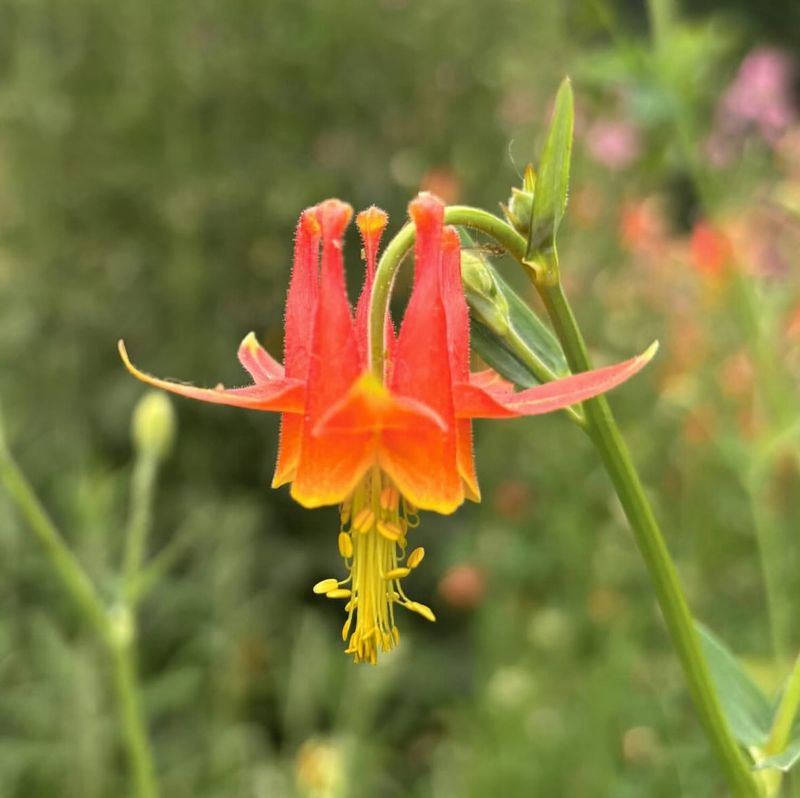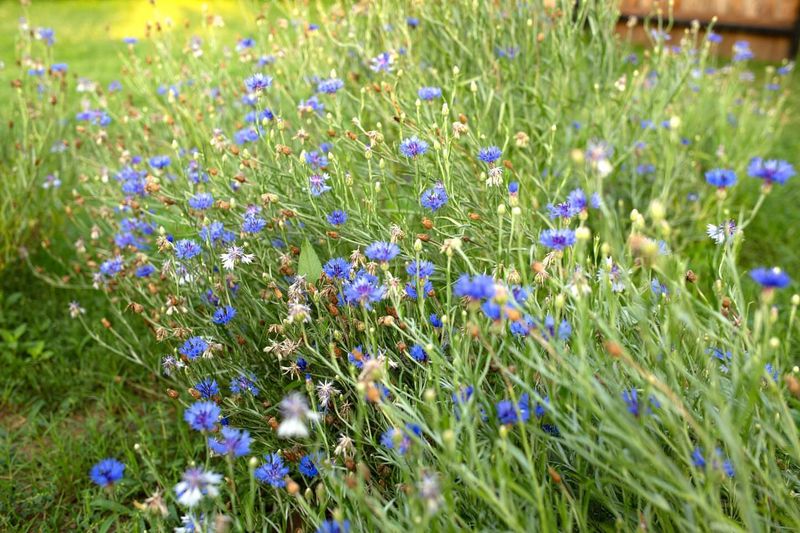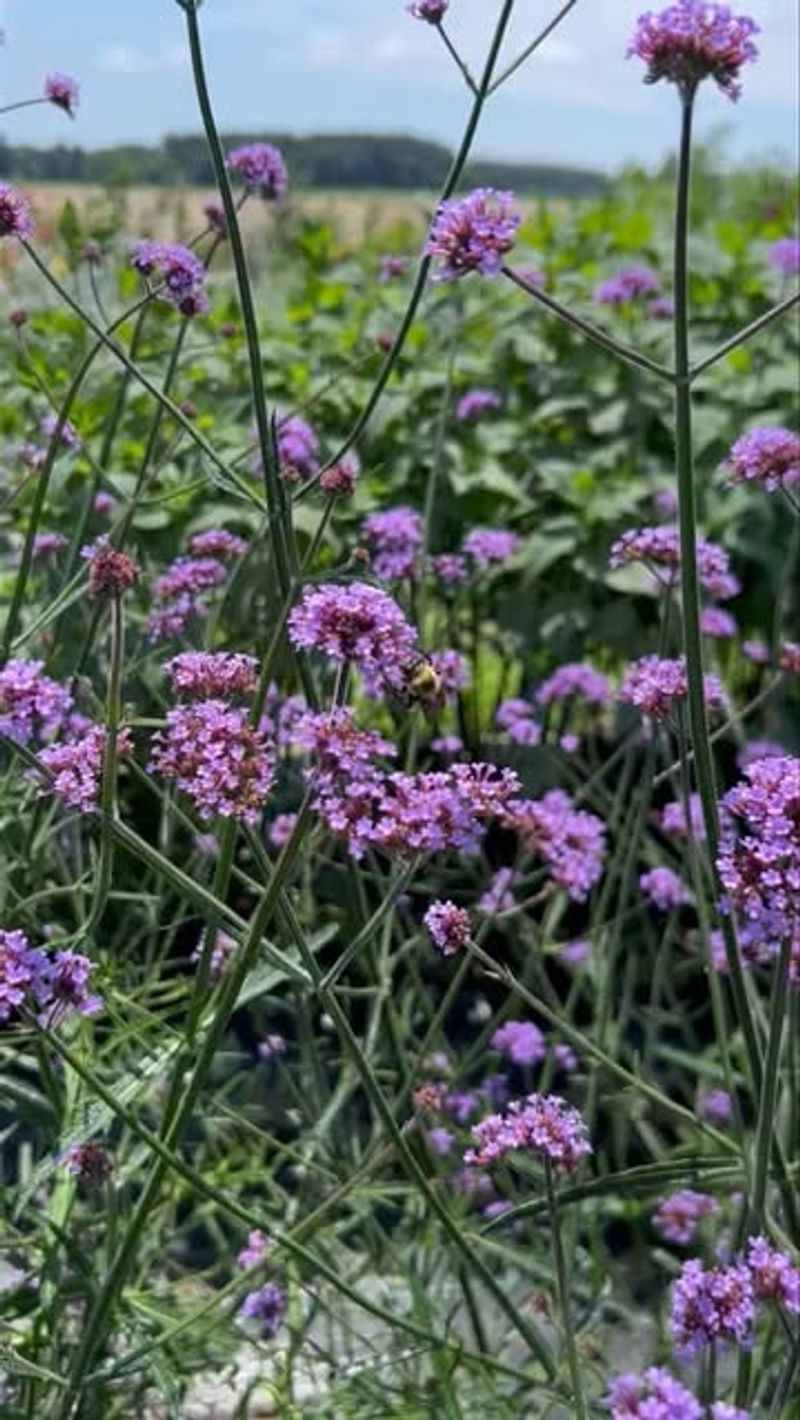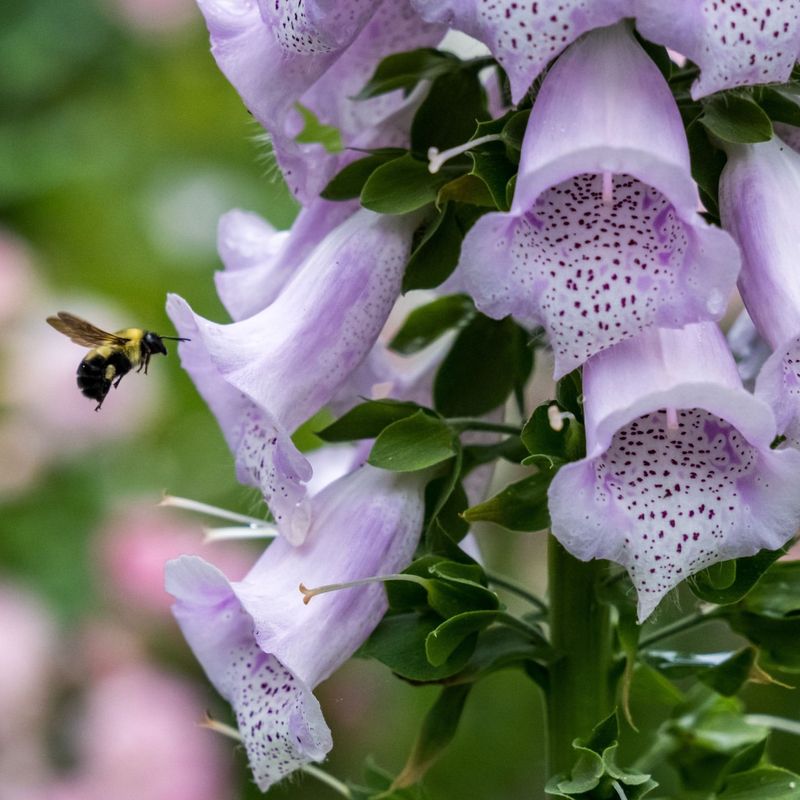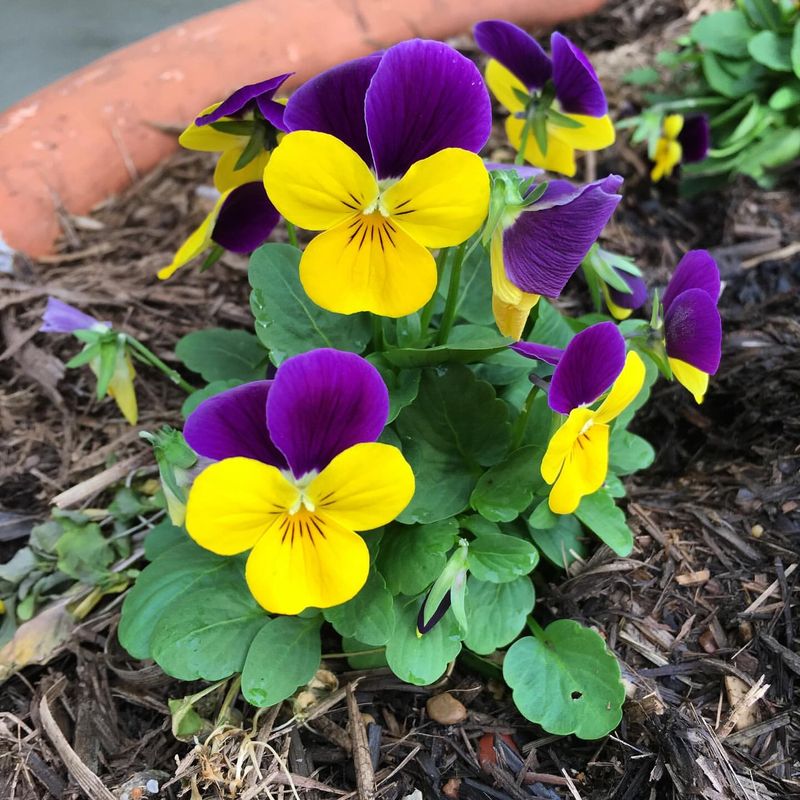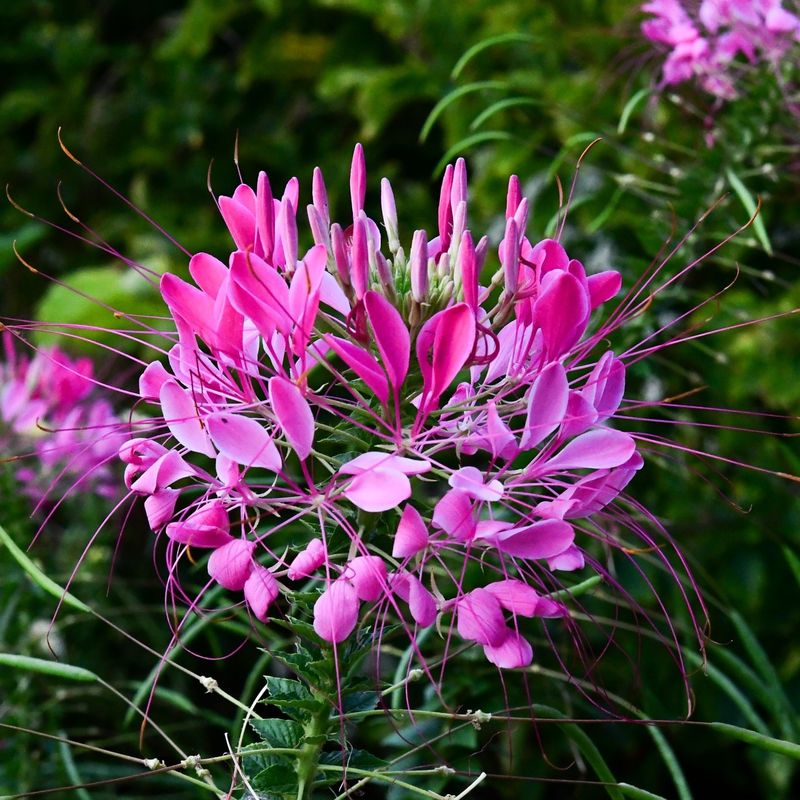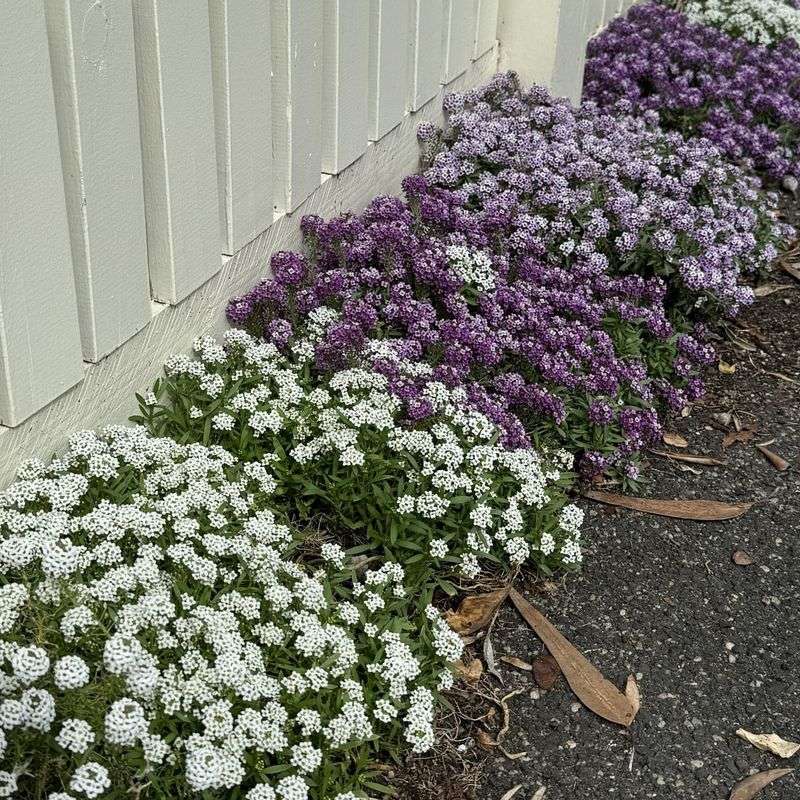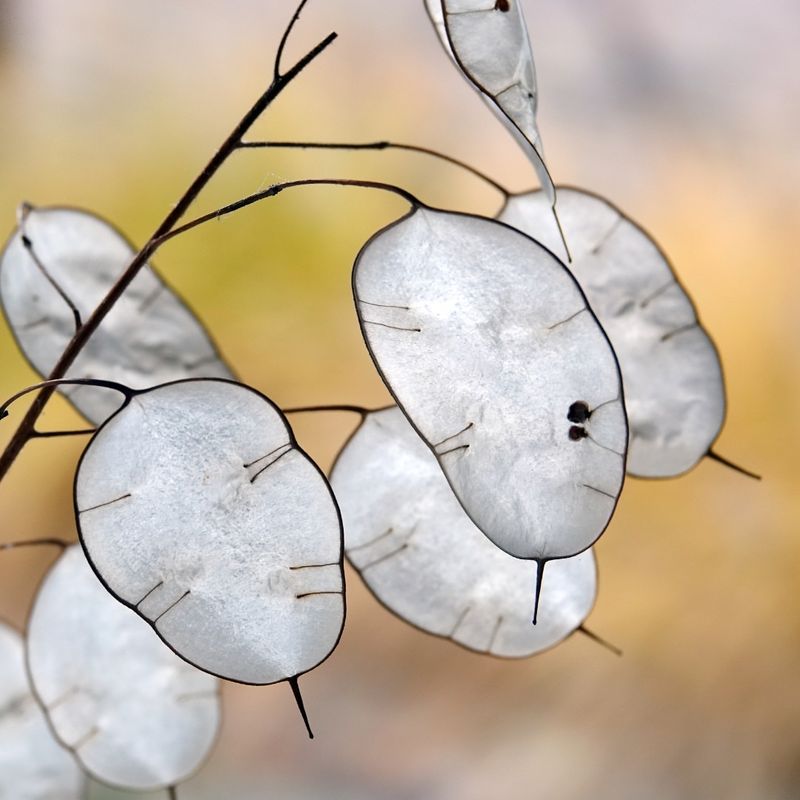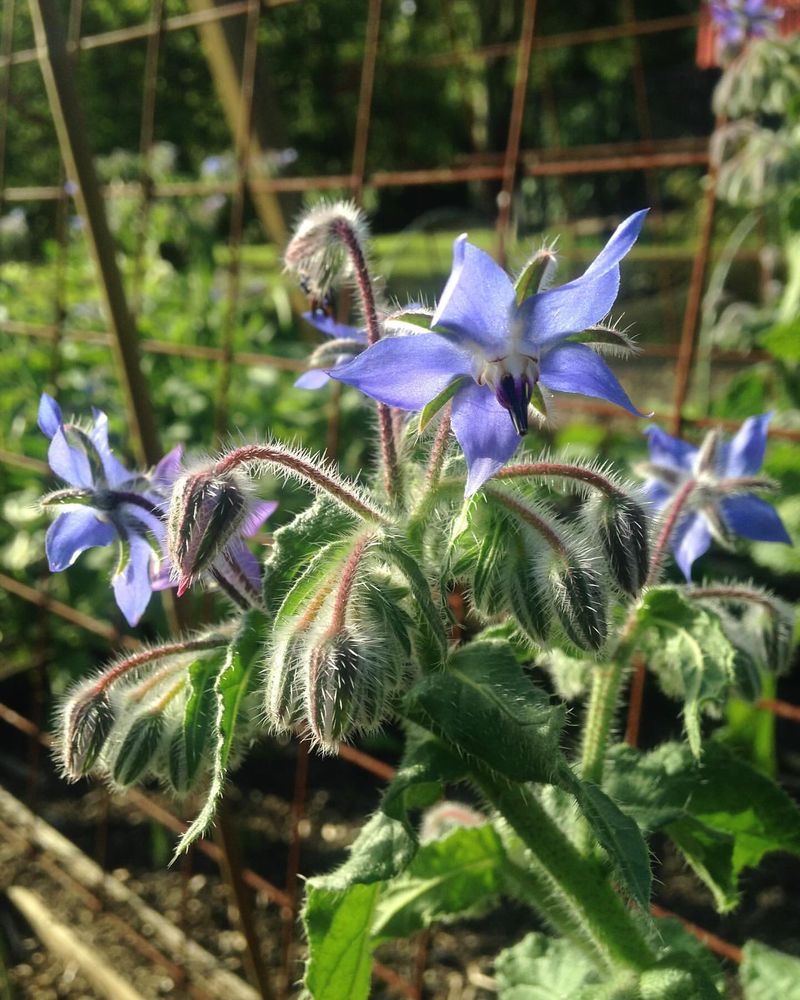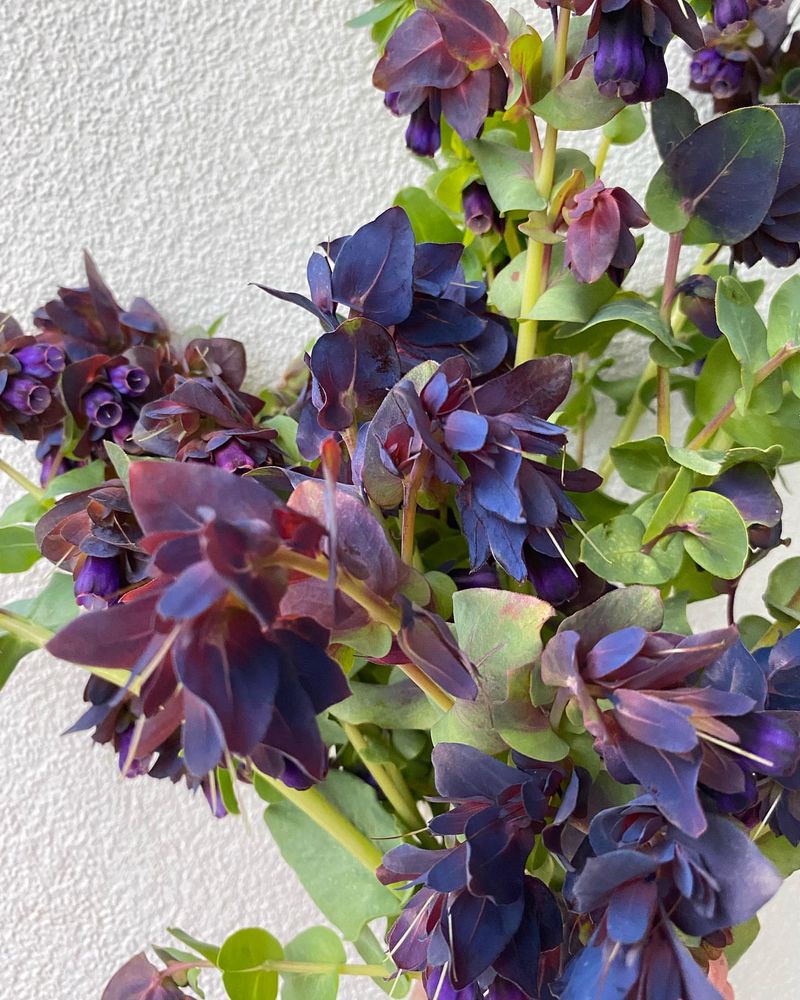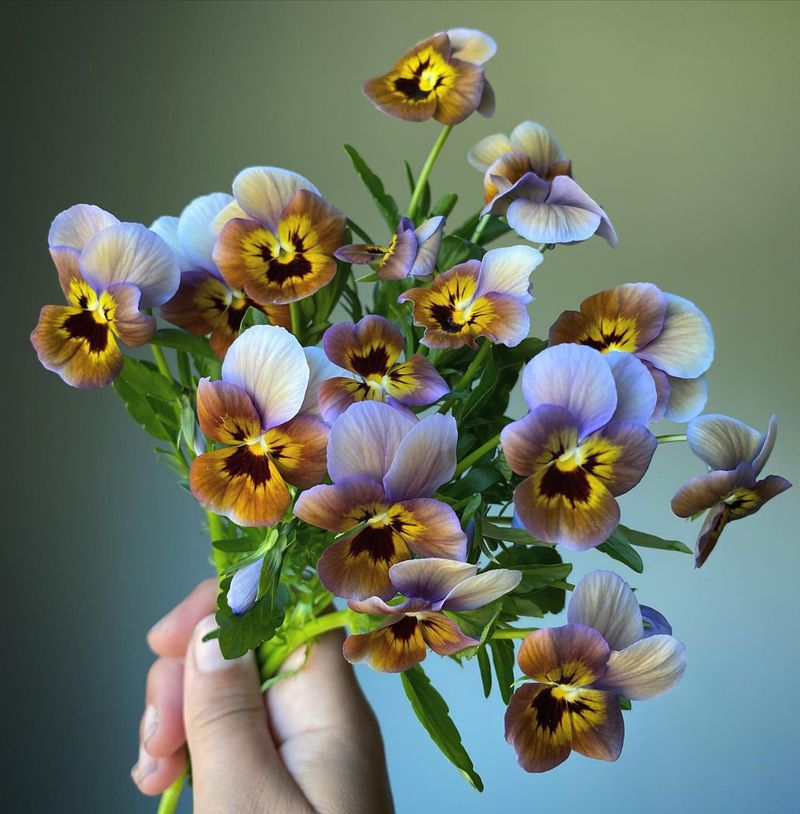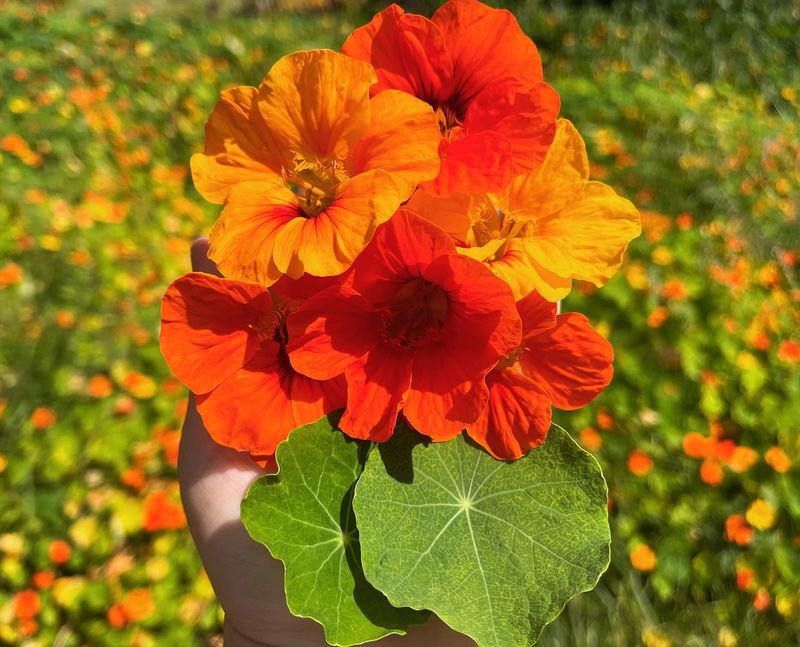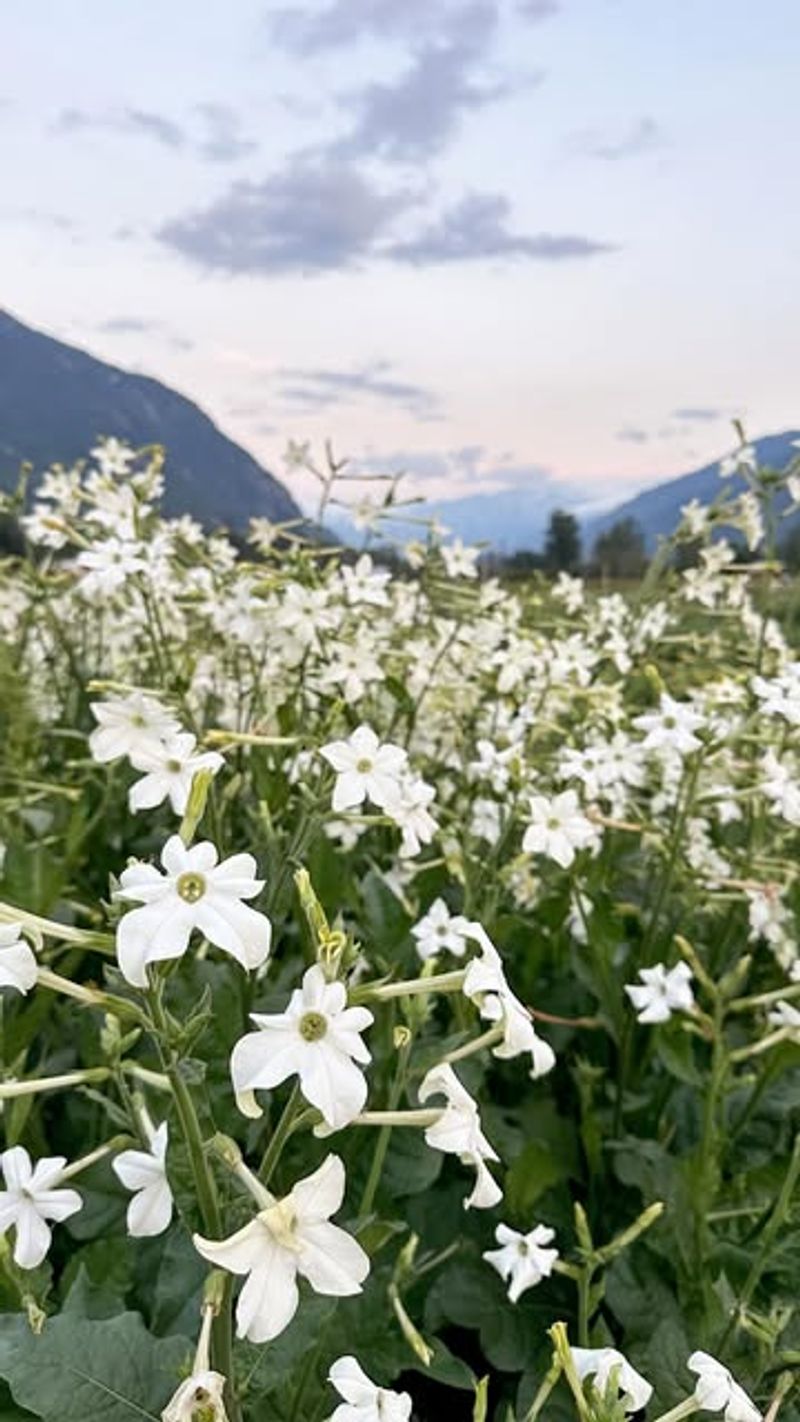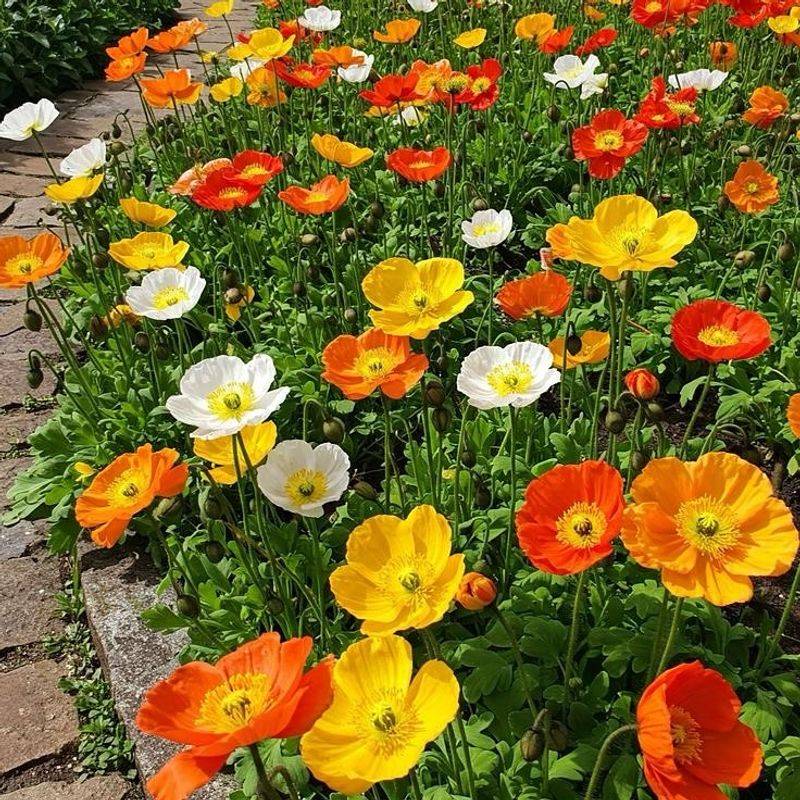Some flowers are beautiful—and smart. Self-seeding blooms do all the hard work for you, dropping seeds that return season after season without replanting. Just plant them once, sit back, and watch your garden grow fuller and more colorful every year.
It’s the easiest way to keep your beds blooming without lifting a finger after year one.
1. California Poppies
Bright orange blooms carpet the ground when California poppies take hold in your garden. These drought-tolerant natives thrive in poor soil and full sun, making them perfect for problem spots.
Once established, they’ll create a self-sustaining colony that returns reliably each spring. The delicate cup-shaped flowers close at night and on cloudy days, then open wide in sunshine to attract beneficial pollinators.
2. Forget-Me-Nots
Sprinkled like tiny blue stars throughout your garden, forget-me-nots create magical spring displays with minimal effort. Their sky-blue flowers with yellow centers appear in drifts, creating a fairytale effect under trees or alongside paths.
Hardy and adaptable, they prefer partially shaded, moist locations but will tolerate various conditions. After flowering, they produce hundreds of tiny seeds that ensure a fresh crop of these charming plants returns next spring.
3. Larkspur
Reaching skyward with spikes of blue, pink, or white blooms, larkspur adds vertical drama to any garden. The tall flower stalks create instant impact, standing 2-4 feet high with clusters of spurred blossoms.
Plant once in fall or early spring, then let nature take over. Larkspur prefers cool weather and will set seeds before summer heat arrives. Each plant produces hundreds of black seeds that sprout enthusiastically the following year, creating ever-larger colonies of these cottage garden classics.
4. Cosmos
Dancing above feathery foliage on slender stems, cosmos flowers bring carefree charm to summer gardens. Their daisy-like blooms in pink, white, and magenta attract butterflies and create a meadow-like feel.
Originally from Mexico, these sun-lovers handle poor soil and drought conditions with ease. Allow the spent flowers to remain on plants until they form seed heads. The distinctive flat, elongated seeds fall to the ground, promising fresh cosmos plants next season without any work from you.
5. Love-in-a-Mist
Surrounded by misty, thread-like foliage, the jewel-toned blooms of love-in-a-mist seem to float above the garden. Also known as Nigella, these unique flowers come in shades of blue, pink, and white, followed by fascinating balloon-like seed pods.
Cool weather lovers, they bloom in spring before summer heat arrives. The decorative seed pods can be dried for arrangements or left in the garden. Each pod contains dozens of tiny black seeds that readily sprout the following spring, creating new patches of these fairy-like flowers.
6. Calendula
Sunshine-yellow and orange blooms brighten gardens from spring through fall when you welcome calendula. Often called pot marigold, these cheerful daisies have been grown for centuries for both beauty and medicinal uses.
Extremely easy to grow, calendula thrives in average soil and full to partial sun. The curved seeds are large and easy to collect if you want to direct where they’ll grow next year. Otherwise, simply let the flower heads mature and drop their seeds naturally for a perpetual display of these edible, pollinator-friendly flowers.
7. Columbine
Nodding on delicate stems, columbine’s intricate spurred flowers seem almost magical in spring gardens. Available in virtually every color, these woodland-edge natives bring hummingbirds flocking to their nectar-rich blooms.
Adaptable to sun or shade depending on your climate, columbines prefer well-drained soil. After flowering, their distinctive seed pods split open to release hundreds of shiny black seeds. New seedlings may look different from their parents, as columbines naturally cross-pollinate, creating an ever-evolving tapestry of colors and forms.
8. Bachelor’s Buttons
Fringed blue blooms resembling tiny carnations make bachelor’s buttons (cornflowers) a cottage garden favorite. Their true-blue color is rare in the flower world, though pink and white varieties also exist.
Tough and drought-resistant, these European natives bloom prolifically in summer sunshine. Bees and butterflies flock to the nectar-rich flowers. Allow the slender seed heads to dry on the plant, and they’ll release dozens of seeds that readily sprout the following spring, creating drifts of these cheerful, cut-flower-perfect blooms.
9. Verbena Bonariensis
Floating like purple clouds on tall, nearly invisible stems, verbena bonariensis creates see-through drama in perennial borders. The clustered purple flowers reach 3-4 feet high but take up minimal ground space, weaving between other plants.
Butterflies absolutely adore these nectar-rich blooms that appear from midsummer until frost. Native to South America, this verbena thrives in hot, sunny locations. The tiny seeds drop freely, sprouting new plants that bloom the following summer, gradually creating impressive drifts of these architectural beauties.
10. Foxglove
Soaring spires of tubular flowers make foxgloves dramatic additions to woodland gardens and shady borders. The spotted throats of these bell-shaped blooms guide bees inside for pollination.
Technically biennials rather than true perennials, foxgloves form leafy rosettes their first year, then send up 3-5 foot flower stalks the second season. Each stalk produces thousands of dust-like seeds that readily sprout. Once established, you’ll have foxgloves blooming somewhere in your garden every year, with new plants constantly replacing those that finish their cycle.
11. Johnny Jump-Ups
Cheerful little faces with purple, yellow, and white markings make Johnny Jump-Ups irresistible additions to garden edges and containers. These miniature relatives of pansies bloom prolifically from early spring through fall in cooler climates.
Cool weather lovers, they perform best in spring and fall, sometimes disappearing during summer heat. Don’t worry – they’ve just dropped seeds that will sprout when conditions improve. Their enthusiastic self-seeding habit has earned them their playful name, as new seedlings seem to “jump up” in unexpected places throughout the garden.
12. Cleome
Spider-like blooms in shades of pink, white, and lavender make cleome a showstopper in summer gardens. Also called spider flower, these dramatic plants grow 3-5 feet tall with unique flowers that feature long, protruding stamens.
Heat and drought tolerant, cleome thrives in full sun and average soil. The interesting seed pods that form after flowering split open when ripe, scattering seeds nearby. New plants emerge the following spring once soil warms, creating an ever-expanding colony of these pollinator-friendly, deer-resistant garden standouts.
13. Sweet Alyssum
Carpeting the ground with tiny honey-scented blooms, sweet alyssum creates living mulch around taller plants. The frothy masses of white, purple, or pink flowers spread 8-12 inches wide but stay just a few inches tall.
Technically a short-lived perennial often grown as an annual, alyssum blooms for months on end. In mild climates, it flowers nearly year-round. The tiny seeds drop continuously as flowers fade, immediately sprouting new plants that quickly reach flowering size themselves, creating an endless cycle of bloom and fragrance.
14. Lunaria (Money Plant)
Shimmering silver seed pods that resemble coins give money plant its common name and make it a favorite for dried arrangements. Before these distinctive discs appear, the plants produce clusters of purple or white flowers in spring.
A biennial, lunaria grows leafy rosettes the first year, then flowers the second season. The paper-thin seed pods develop after flowering, starting green before maturing to a translucent silver. Inside each pod are several flat, brown seeds that readily sprout when they fall to the ground, ensuring new plants for years to come.
15. Borage
Star-shaped blue flowers that taste like cucumber make borage both ornamental and edible. The fuzzy-leaved plants grow 2-3 feet tall and wide, creating dramatic presence in herb or cottage gardens.
Honeybees absolutely adore borage blooms, making this herb a favorite for pollinator gardens. A Mediterranean native, borage thrives in full sun and well-drained soil. The large black seeds drop readily after flowering, sprouting new plants that will flower within weeks during warm weather, creating a continuous supply of these edible, beneficial blooms.
16. Cerinthe (Honeywort)
Draped in blue-purple bracts surrounding small tubular flowers, cerinthe brings unusual color and form to garden borders. Also called honeywort, this Mediterranean native has blue-green foliage with a waxy bloom that makes the entire plant appear silvery.
Bumblebees frequently disappear completely inside the nodding flowers while gathering nectar. Though short-lived, cerinthe produces large, distinctive black seeds that resemble small beads. These seeds readily sprout the following spring, creating new plants that flower within weeks of emerging, ensuring continuous presence of this unusual beauty.
17. Viola
Delicate yet surprisingly tough, violas bring early color to gardens with their petite blooms in nearly every shade imaginable. Often confused with pansies, violas typically have smaller flowers but produce them in greater abundance.
Cool-weather performers, they bloom heaviest in spring and fall. Many varieties are perennial, but all self-seed enthusiastically. The tiny seeds drop continuously as flowers fade, quickly sprouting when conditions are right. Once established in your garden, these cheerful little flowers will appear in cracks, crevices, and open soil, creating delightful surprises throughout your landscape.
18. Nasturtium
Jewel-toned blooms in orange, yellow, and red make nasturtiums both ornamental and deliciously edible. The round leaves and bright flowers have a peppery flavor perfect for adding to salads.
Easy to grow in poor to average soil, nasturtiums actually bloom better when not overfed. Both climbing and bushy varieties self-seed readily. The large, wrinkled seeds are easy to collect or simply leave to drop naturally. In mild climates, they’ll sprout year-round; in colder areas, they’ll wait until soil warms in spring to produce new plants.
19. Nicotiana (Flowering Tobacco)
Releasing their sweet perfume each evening, nicotiana flowers attract sphinx moths and other night pollinators to the garden. The trumpet-shaped blooms come in white, pink, lime green, and red, held above sticky foliage.
Several species self-seed readily, particularly Nicotiana alata and sylvestris. The dust-like seeds are nearly invisible but incredibly numerous. Once flowering tobacco establishes in your garden, new plants will appear each year. Some gardeners consider certain varieties almost too enthusiastic in their self-seeding, so deadhead if you want to control their spread.
20. Poppies
Silky petals in brilliant hues make poppies showstoppers in any garden. Beyond the familiar red corn poppy, self-seeding varieties include Shirley, Iceland, and California poppies, each with distinctive characteristics.
Most poppies prefer cool weather and will bloom in spring before summer heat arrives. After flowering, distinctive seed pods form, eventually developing small holes at the top through which the tiny seeds shake out like salt from a shaker. These seeds can remain viable in soil for decades, sometimes blooming in areas where they haven’t been seen for years.

